How Does Forex Market Works?
To understand how forex markets work, one has to understand what exactly constitutes the forex market, the institutional framework that drives this market, and importantly the process of currency price determination.
Foreign exchange market is no different from any other market where buyers and sellers meet to buy or sell a commodity for a specific price. The only difference in forex markets being, it is the “currency” that constitutes the commodity, and the price at which it is exchanged conforms to the foreign exchange rate for that currency at that point in time.
Export earnings of corporations, overseas remittances, and investment flows (direct or borrowed capital) constitute the main sources of foreign exchange. Individuals and entities who receive foreign currency are the primary market suppliers and they may sell foreign currency to licensed exchange dealers who in turn may pass it to other dealers in need of foreign exchange. The Central banks may sell foreign reserves to make market adjustments, and on the other side companies would need to buy this foreign exchange to make overseas payments. This creates a market for foreign exchange wherein a person may sell a currency today and probably emerge as a buyer the very next day.
Forex Market Framework
The biggest foreign exchange markets are in Tokyo, London and New York and they are networked with each other using modern technology creating a seamless interface that transacts currency prices and deals almost instantaneously across the world. The institutional framework that drives the forex markets is perhaps the key to the market itself and comprises the following:
Commercial and Central banks in different countries
Exchange markets and firms that conduct foreign exchange deals
Investment funds
Brokerages and individuals
By transacting with different clients in exchange conversions, commercial banks accumulate a great chunk of forex market needs and are often shared with other banks in interbank dealings. These banks (Union Bank of Switzerland, Swiss Bank Corporation, Deutesche Bank, and Citibank) with daily volume of transactions in billions of dollars greatly influence forex markets. Central Banks as for example the US Federal Reserve influence forex markets by regulating the investment climate and making market interventions and so on.
Exchange Rate
Exchange rate is a market-determined phenomenon. In other words, the exchange rate depends on supply and demand conditions in the market for any particular currency. A currency exchange rate is derived from the ‘spot transactions’ (means foreign exchange trades that are initiated and settled within two business days with the respective exchange) of authorized dealers with the public.
This exchange rate that is reported in the price tickers that you see on your trading screen reflect the cumulative transactions undertaken by the major market makers (namely the institutions) with large value transactions reflecting more on the currency prices than a small value transaction. That’s probably one of the reasons why currency prices keep changing on your screen reflecting the rate at which the major market maker’s i.e. the institutions trade.
Advantages of Forex Over Other Markets
The Forex market offers many advantages, over stock market trading and other forms of investment opportunity. In forex markets financial reasons compel the execution of a forex deal and not commercial considerations. Also as compared to stock markets, exchange markets do not operate out of any specific building.
In forex it is not obligatory to buy a currency to sell it later but it is enough to open buy/sell position for any currency without actually possessing it, unlike stock trading where you are committed to have the full face value of the stock before you can trade for that amount of stock.
Although Forex markets can be volatile at times, it offers an advantage over a declining stock market, in that with proper knowledge of forex markets you could still key into profitable trades. On the contrary, people tend to avoid stock markets when it is in a downward spiral as no one really knows when it would start on an upward trend. In other words forex trades can be made even if the markets were rising or falling.
The profits you could possibly make in stock markets pales into insignificance in comparison to the windfall profits you could be making in forex markets. For example proper leverage alone can make you huge sums in a very short time and that too by making fewer trades.
The limited number of currencies traded in forex markets makes it easier to monitor market trends that relate to those currencies, whereas in the stock market a lot of factors could affect individual stocks, not to mention the innumerable number of stocks (there are several thousand stocks registered in most stock exchanges) that would have to be monitored at any given point in time.
Although it has its own trends and cycles punctuated by high volatility, forex markets don’t fit into the traditional Bull/ Bear market cycle typical of stock trading. That is because currency rates always throw in new intriguing ways of making profit. For example, interest rates do not adversely affect currency markets as it would stock market indices and stocks in general. When interest rates go up, that country’s currency gets strengthened (giving profitable opportunities to the discerning trader) whereas it would depress stock markets in that country and probably cause losses to a stock trader having several open positions.
Comparison of size and liquidity, and market time
It is impossible to quantify the exact amount of money traded in forex markets worldwide since trading is not restricted to one single exchange or location. But several estimates put it between 1-3 trillion US Dollars a day. This is certainly lesser than the volume of stocks traded in all the major stock exchanges around the world and also far less than the gold and forex reserves of the developed world. It also far exceeds the daily volume of foreign trade transactions between different countries. Therefore in terms of size, number of participants and liquidity, forex markets are huge and offer the best opportunities to the investor.
This superior liquidity in forex markets allows traders to open and close positions in a matter of a few seconds or keep that position going on for several years or perhaps indefinitely which is not possible while trading stocks.
Using networked computers, forex trading offers you a world wide market, instantaneously available to you on 24/5 basis from 00:00 GMT on Monday to 10.30 GMT on Friday covering all time zones. When the sun sets in one trading center, it is dawn and the beginning of a trading day somewhere else in the world. On the contrary, stock market in any major country opens at 10 am local time and remains operative till 4p.m local time restricting the possibility of indulging in round the clock trading.
Forex trading is done strictly on your calling. Since forex trading goes on 24 hours a day there is no need to have a fixed schedule, and even if you set one, it’s purely your discretion based on your own trading strategy and of course to your liking.


 8Likes
8Likes LinkBack URL
LinkBack URL About LinkBacks
About LinkBacks






 Reply With Quote
Reply With Quote
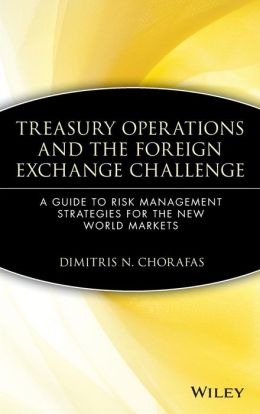
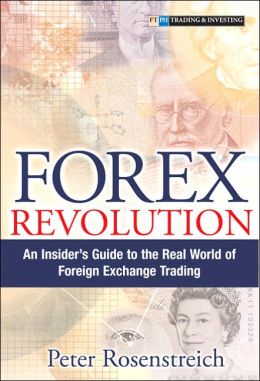
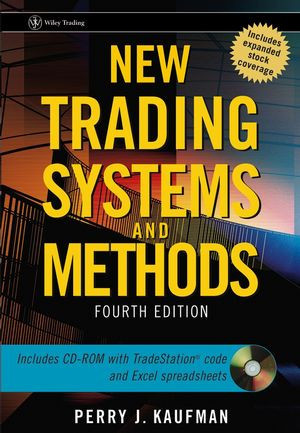
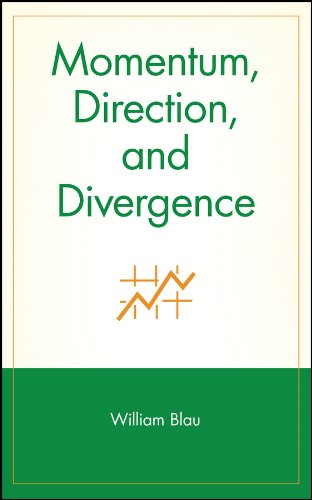
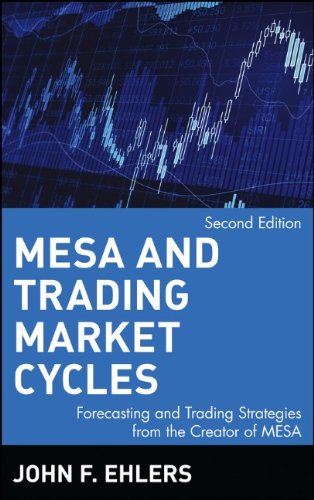
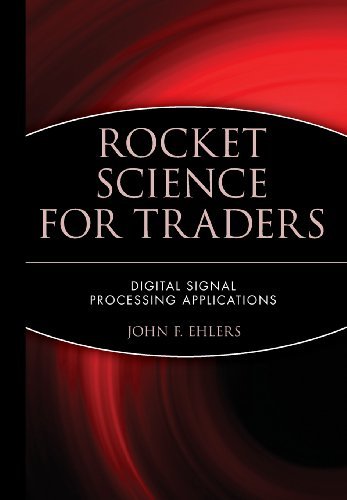


Bookmarks